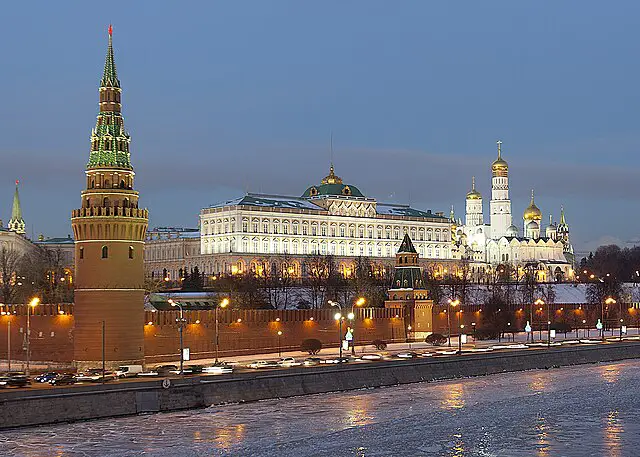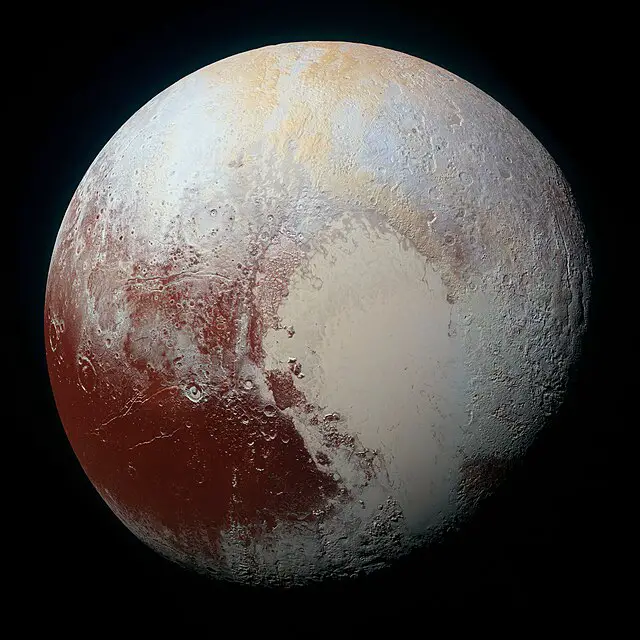Imagine standing on a vast, frozen tundra, stretching as far as the eye can see. The horizon blurs where the earth meets the cold, endless sky. Now picture Pluto—a distant, icy world drifting in the outer reaches of our solar system. It seems impossible to compare the two, yet one startling fact shatters expectations: Russia, the world’s largest country, is bigger than Pluto.
Yes, you read that right. The landmass of Russia spans an astonishing 17.1 million square kilometers, while the entire surface area of Pluto is only around 16.7 million square kilometers. How can a country on Earth be larger than a celestial body orbiting the Sun? This mind-bending truth blurs the lines between geography and astronomy, challenging our perceptions of size and scale.

A Surreal Comparison: Earthly Vastness Meets Cosmic Smallness
It feels counterintuitive, even absurd—how can a nation be bigger than a planet, even a dwarf one? To grasp this reality, we need to dive into the numbers. Russia’s sheer size accounts for over one-eighth of Earth’s inhabited land. It spans eleven time zones, encompasses every natural biome, and shelters over 144 million people. Meanwhile, Pluto, demoted from planetary status in 2006, measures only 2,377 kilometers in diameter—smaller than Earth’s Moon.
But beyond the numbers, the comparison raises intriguing questions. How did Russia become so vast? And how did Pluto, once our ninth planet, shrink in stature but expand in mystery?
The Story of Russia’s Boundless Land
Russia’s size didn’t happen overnight. The story of its expansion is a complex tale of conquests, treaties, and relentless exploration. From the formation of the Tsardom of Russia in the 16th century to the height of the Soviet Union, the nation’s territory ballooned, swallowing Siberia’s harsh wilderness and stretching to the Pacific. Even today, its landscape encompasses deserts, mountains, tundra, and sprawling forests—a world within a nation.
Meanwhile, Pluto’s story is one of cosmic curiosity. Discovered in 1930 by Clyde Tombaugh, Pluto was celebrated as the ninth planet until it was reclassified as a dwarf planet in 2006. Yet, its cold, lonely orbit and mysterious heart-shaped glacier have captivated imaginations ever since.
A New Perspective on Scale
This comparison is more than a fun fact—it challenges how we perceive size. It’s easy to think of planets as massive and nations as comparatively small. Yet here, the unexpected truth reminds us of the unique scales at play. Earthly and cosmic measurements are not as straightforward as they seem.
Conclusion: A Cosmic Reality Check
The fact that Russia is bigger than Pluto is a mind-bending reminder of how reality can defy expectations. Whether it’s the harsh beauty of the Siberian wilderness or Pluto’s icy, distant plains, size is a matter of perspective—proof that the universe is stranger and more fascinating than we often realize. It’s a humbling reminder that even our grandest scales can be dwarfed by the vast, unpredictable cosmos.

